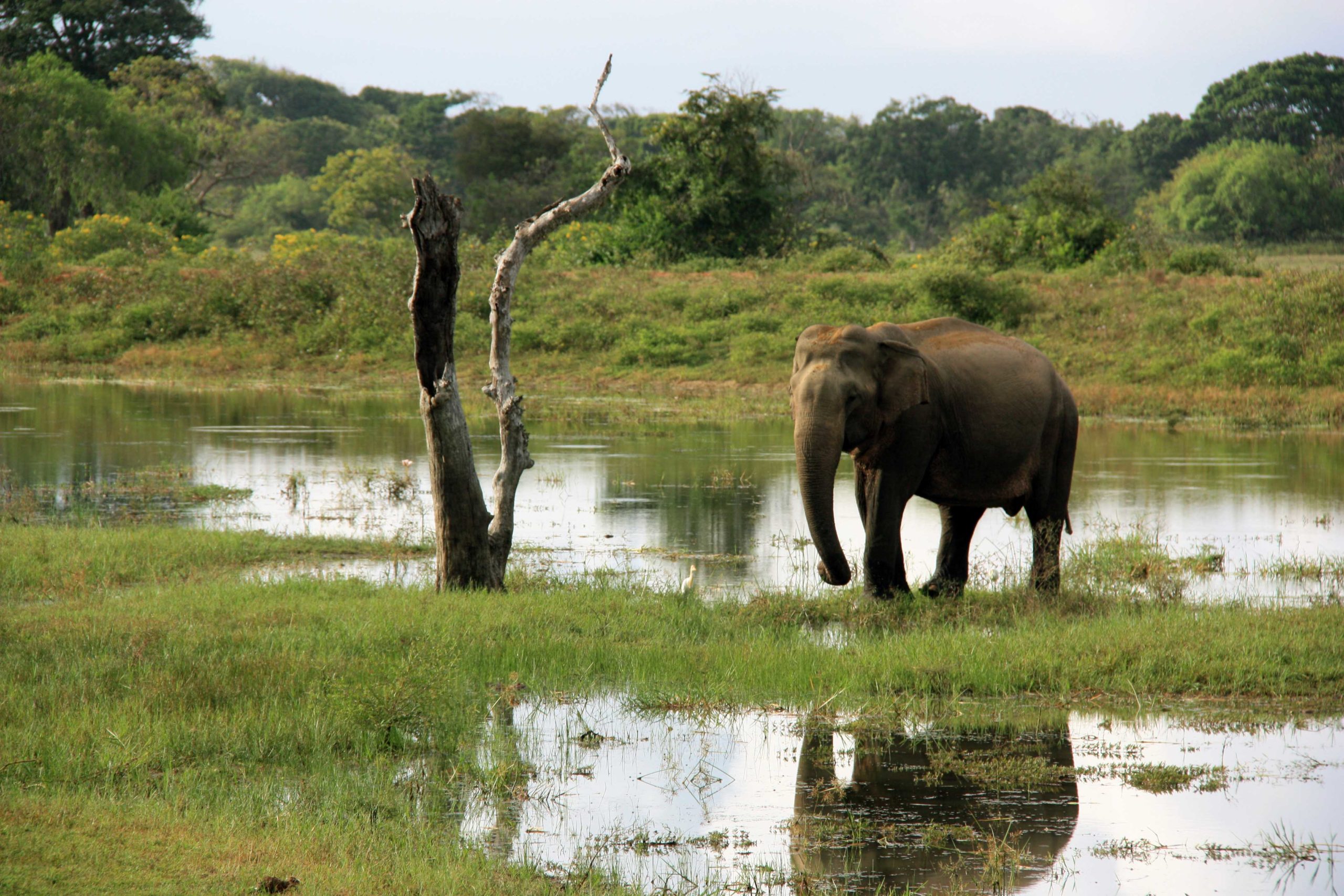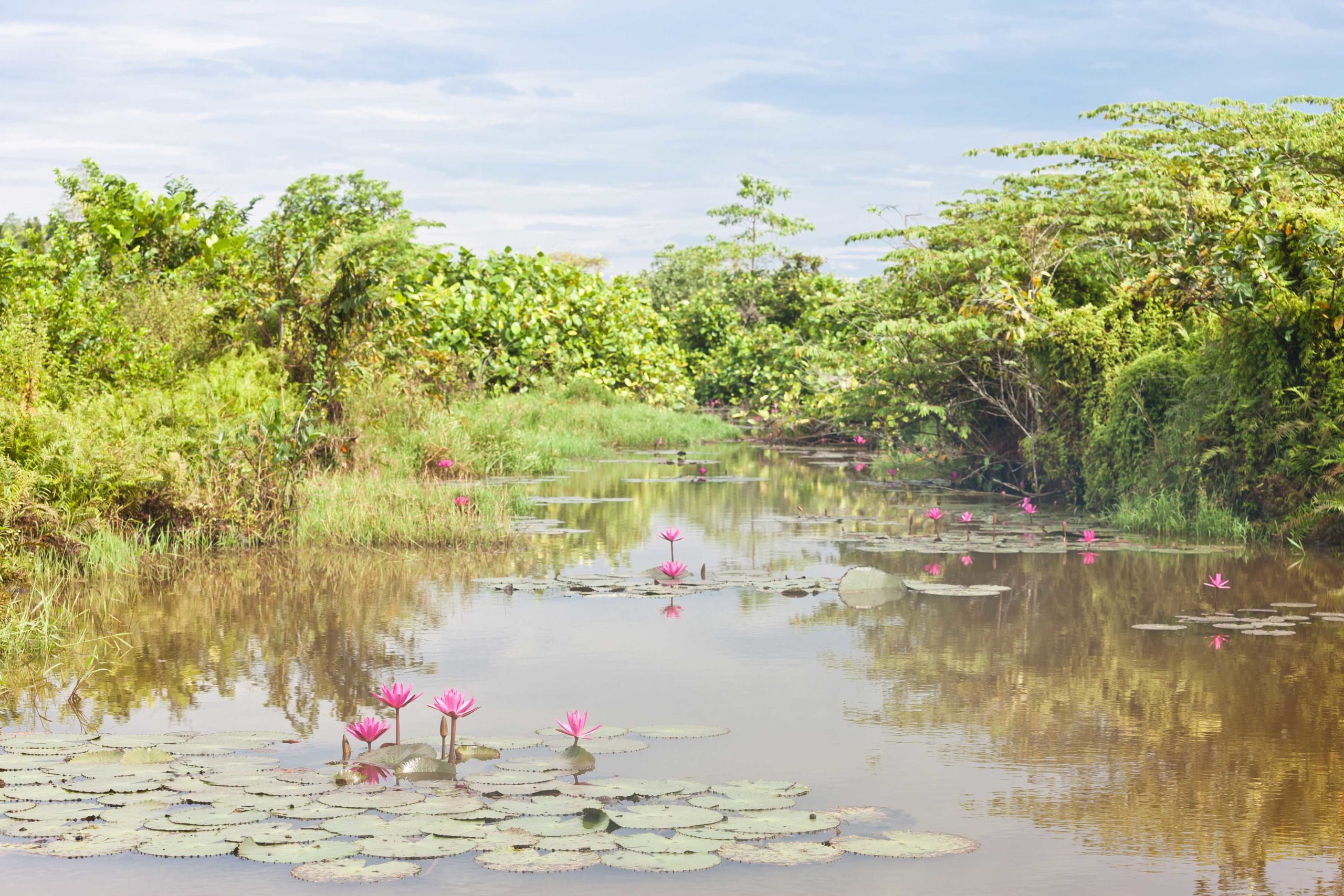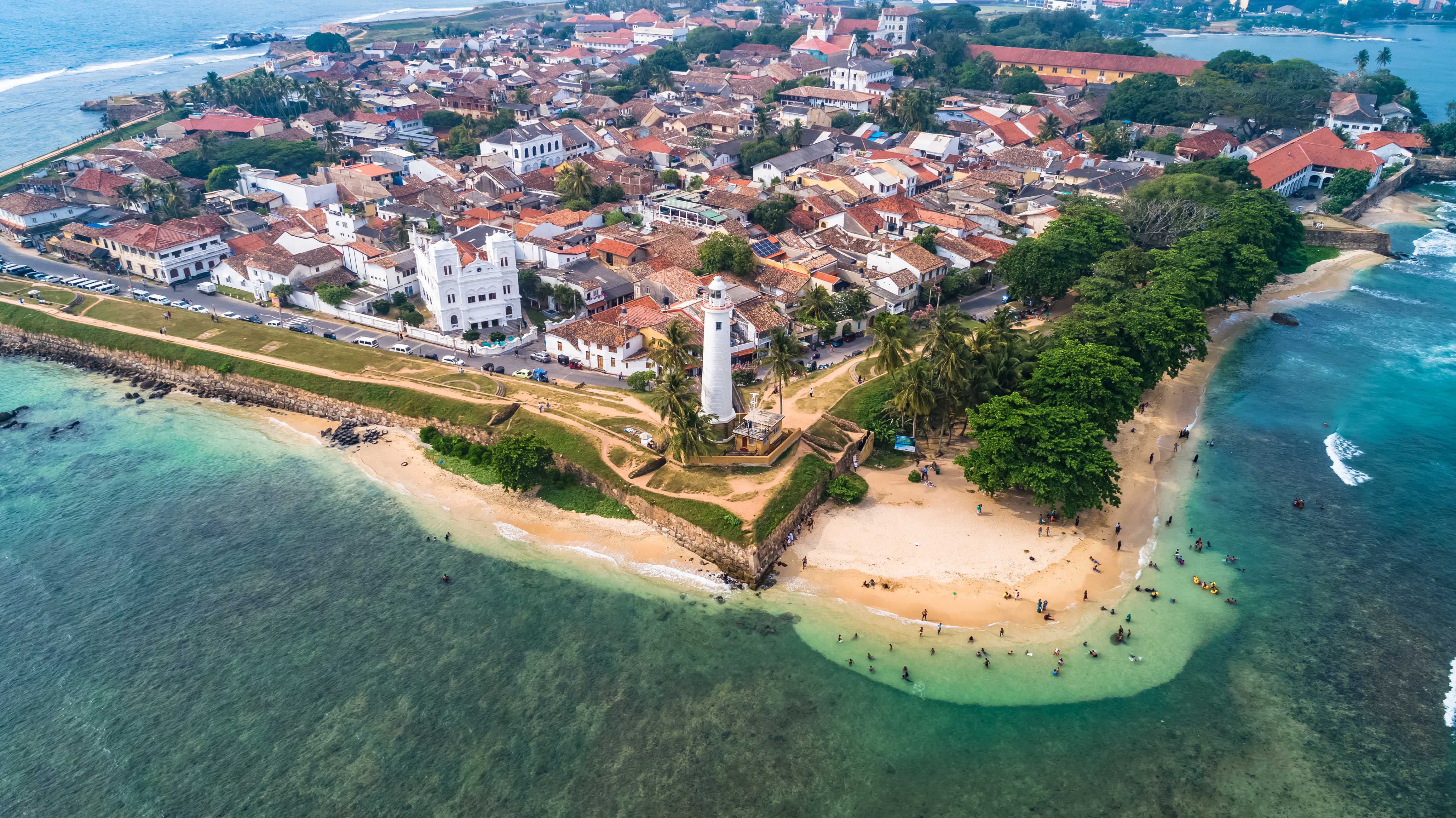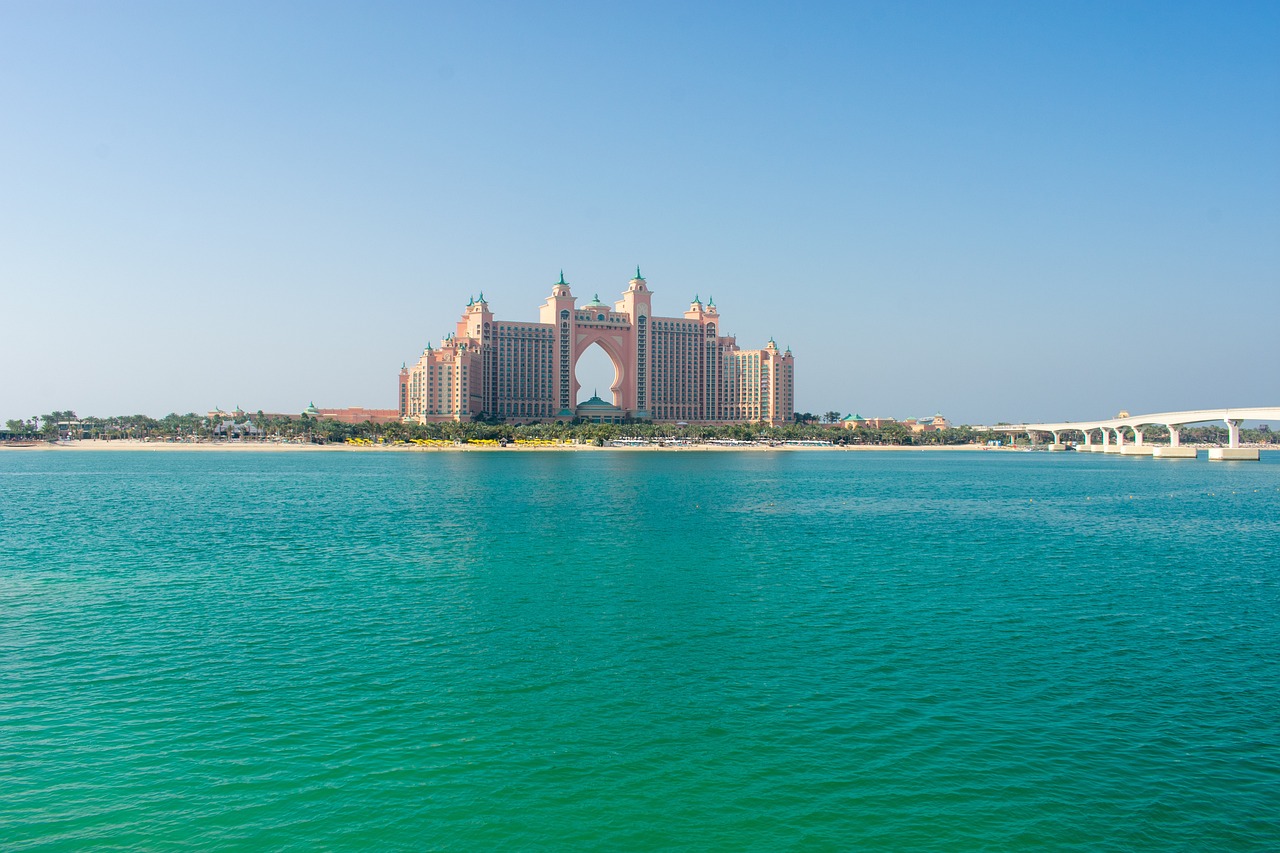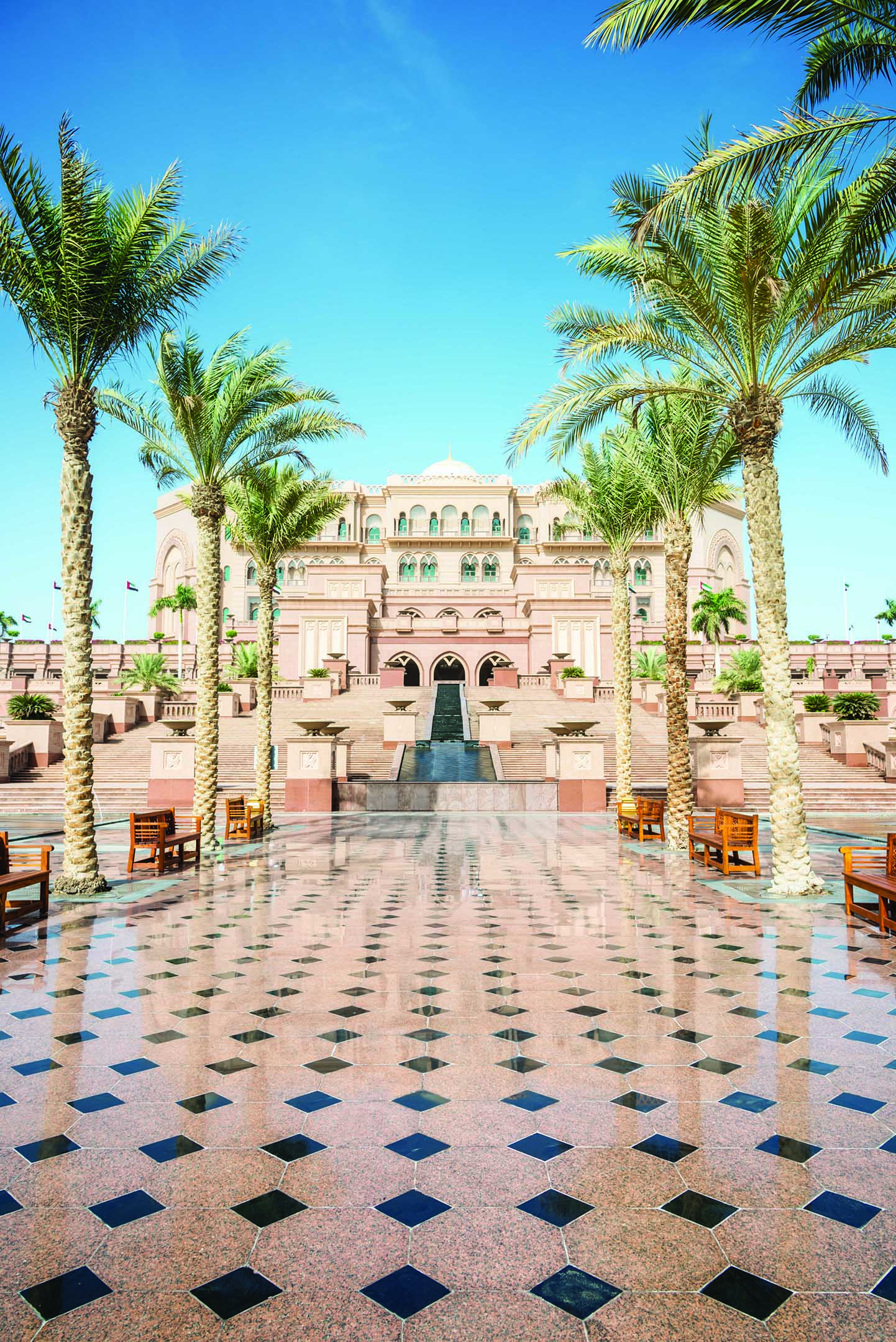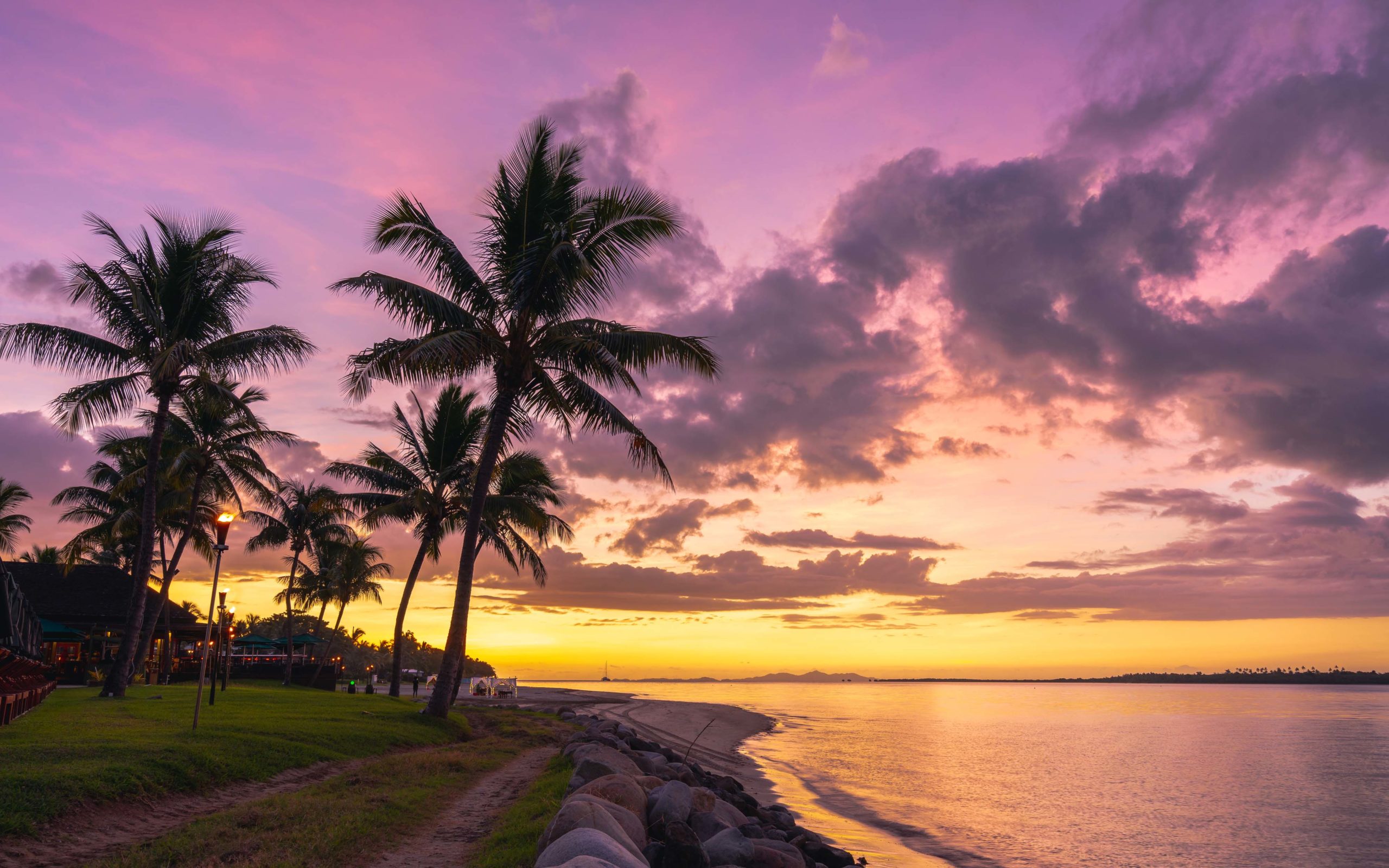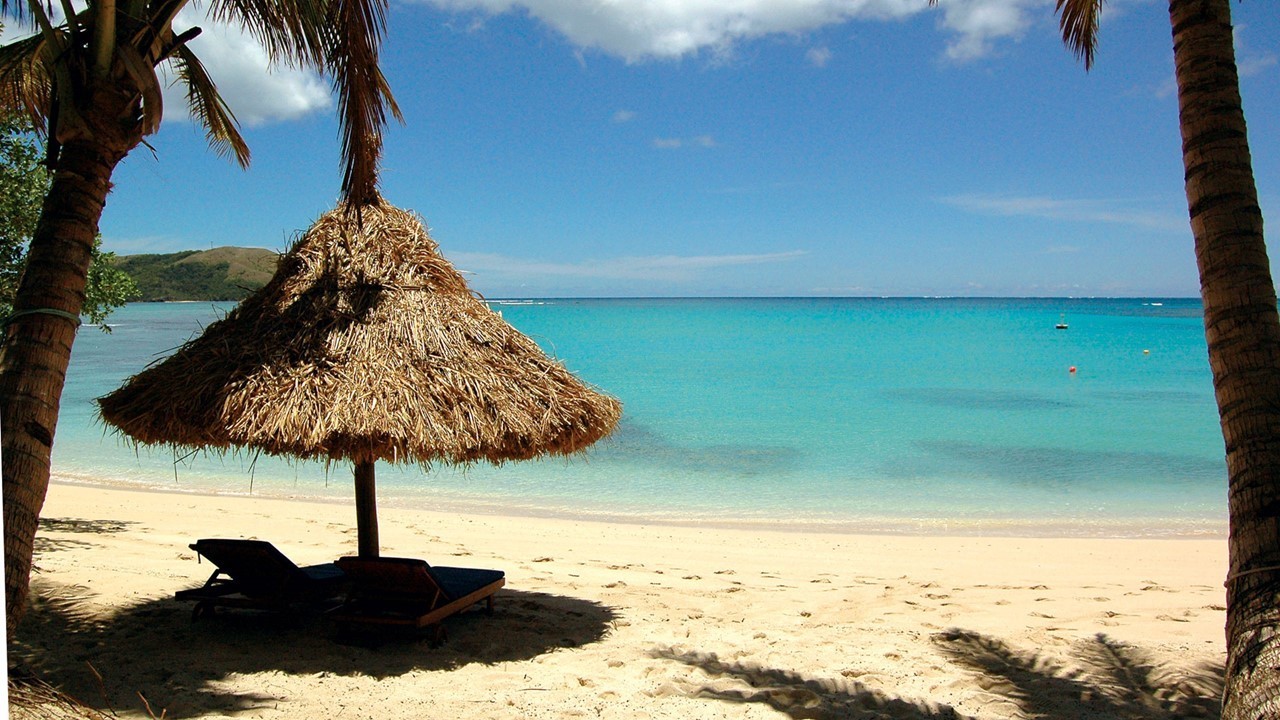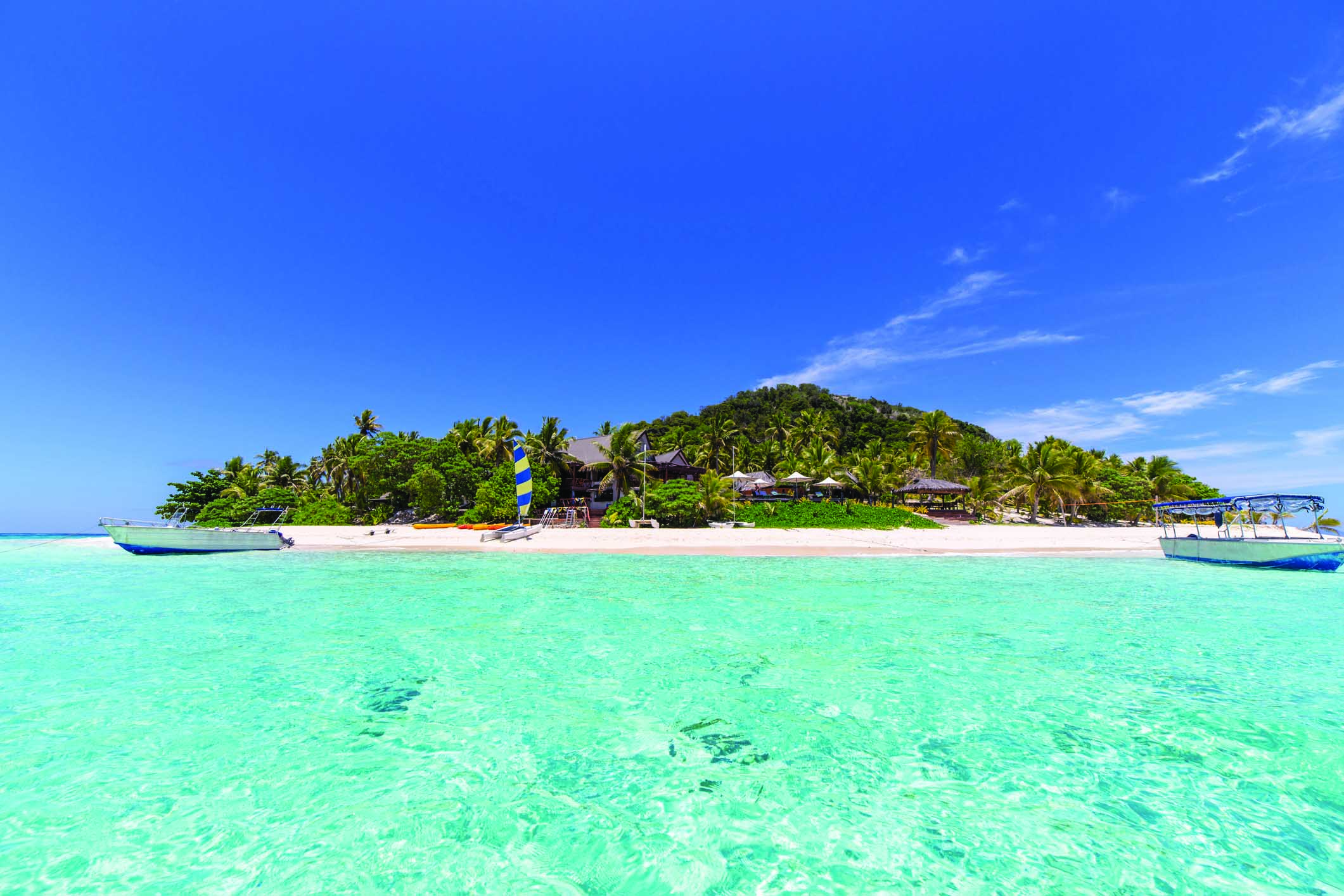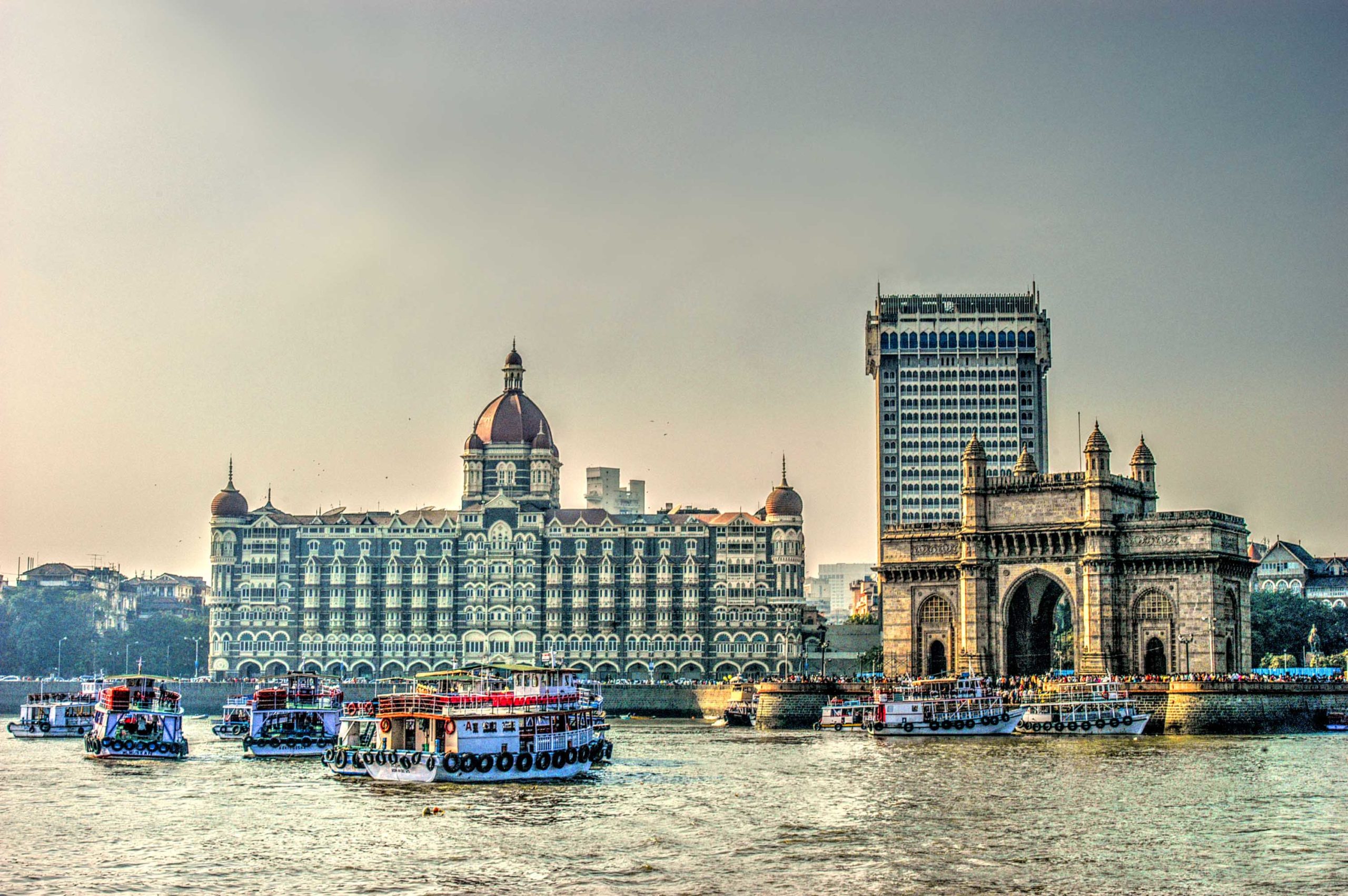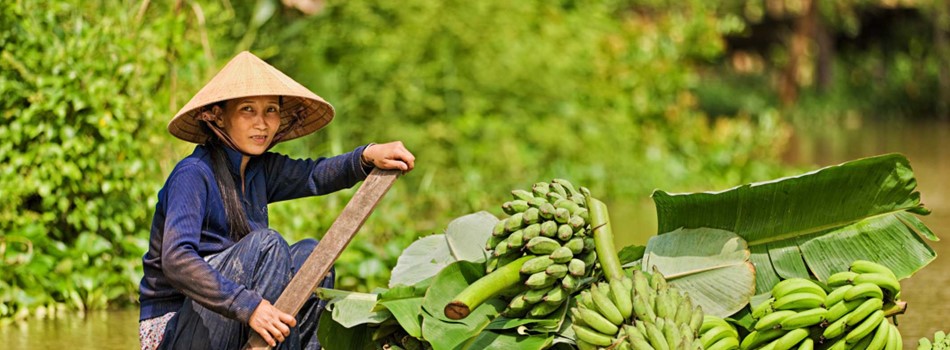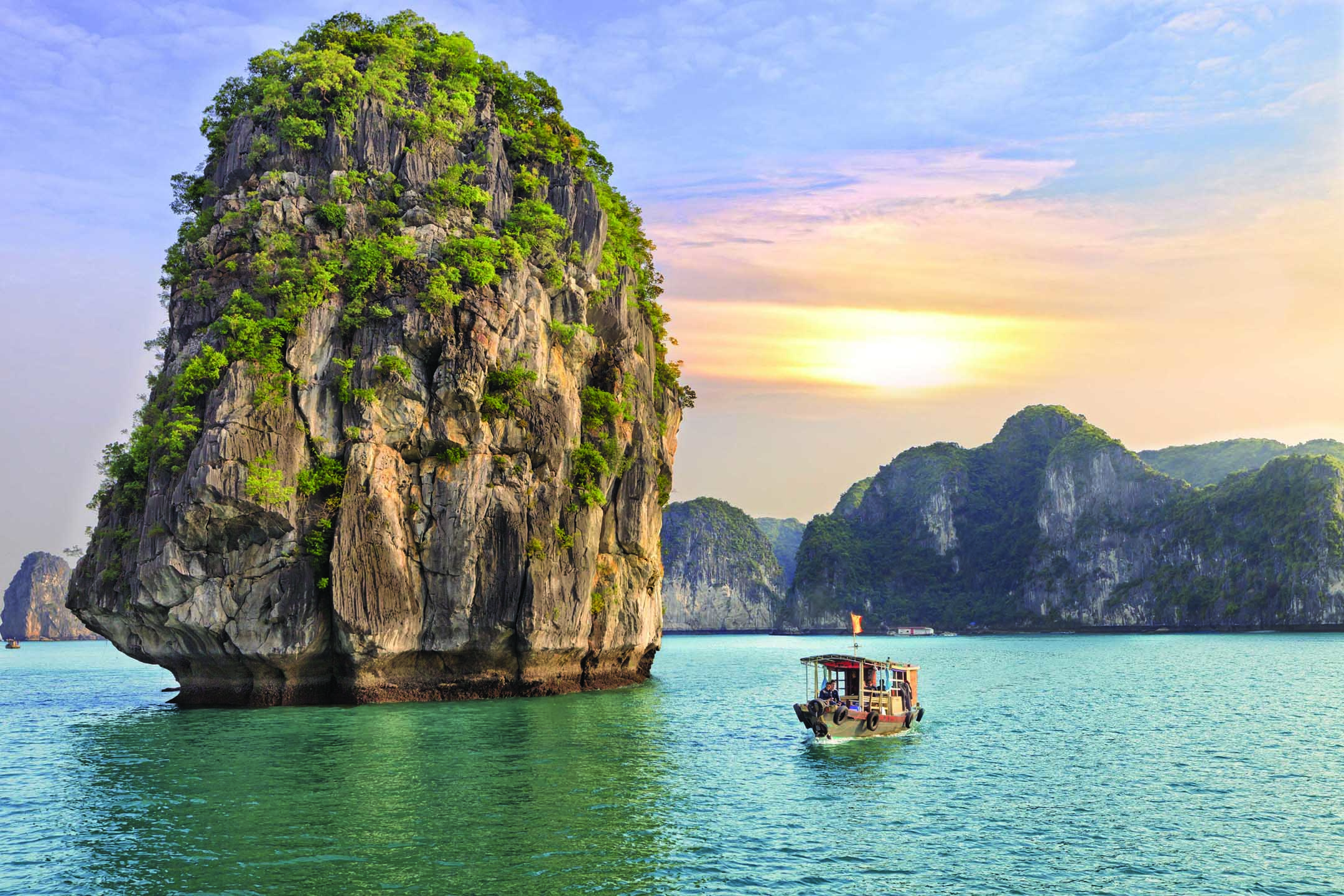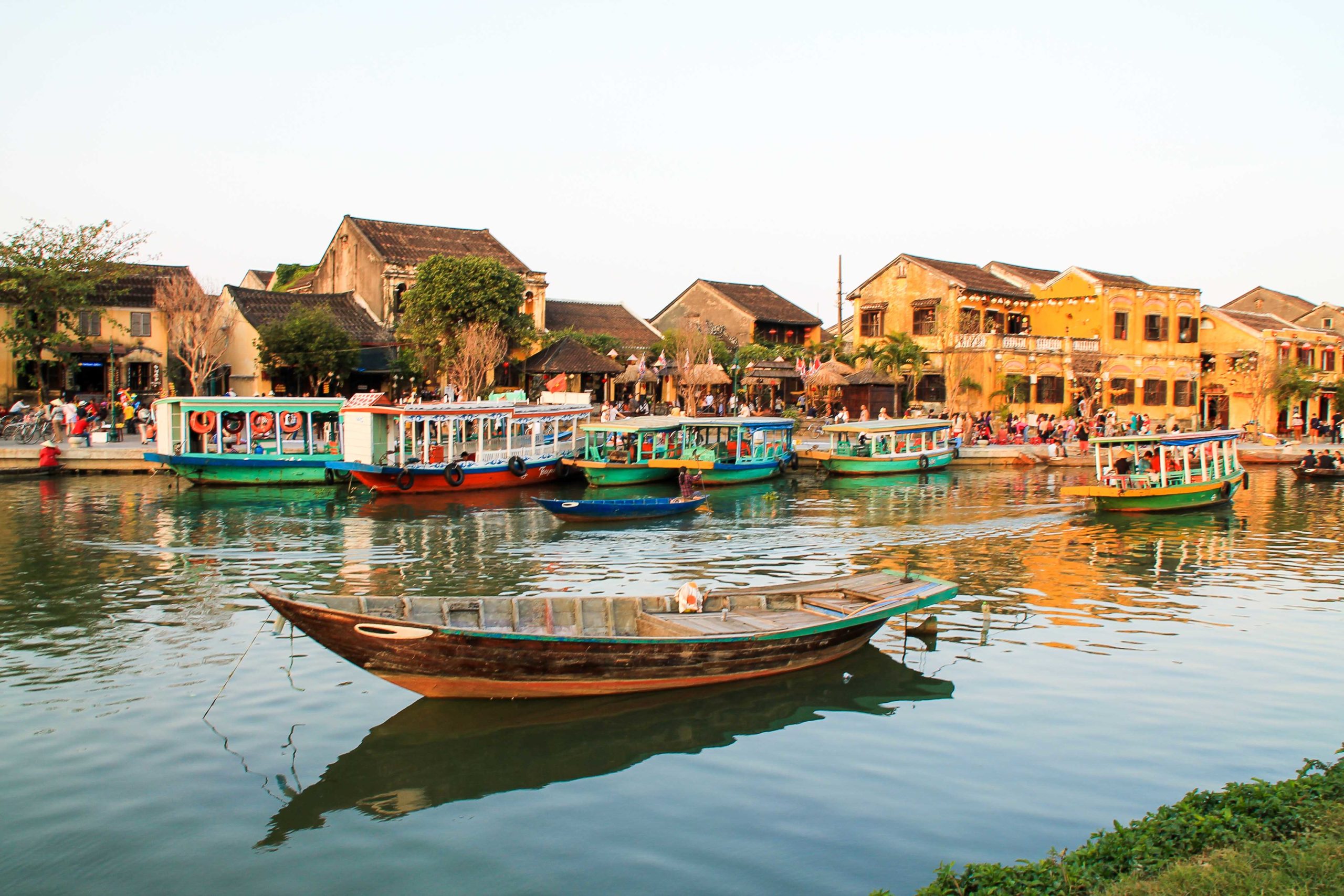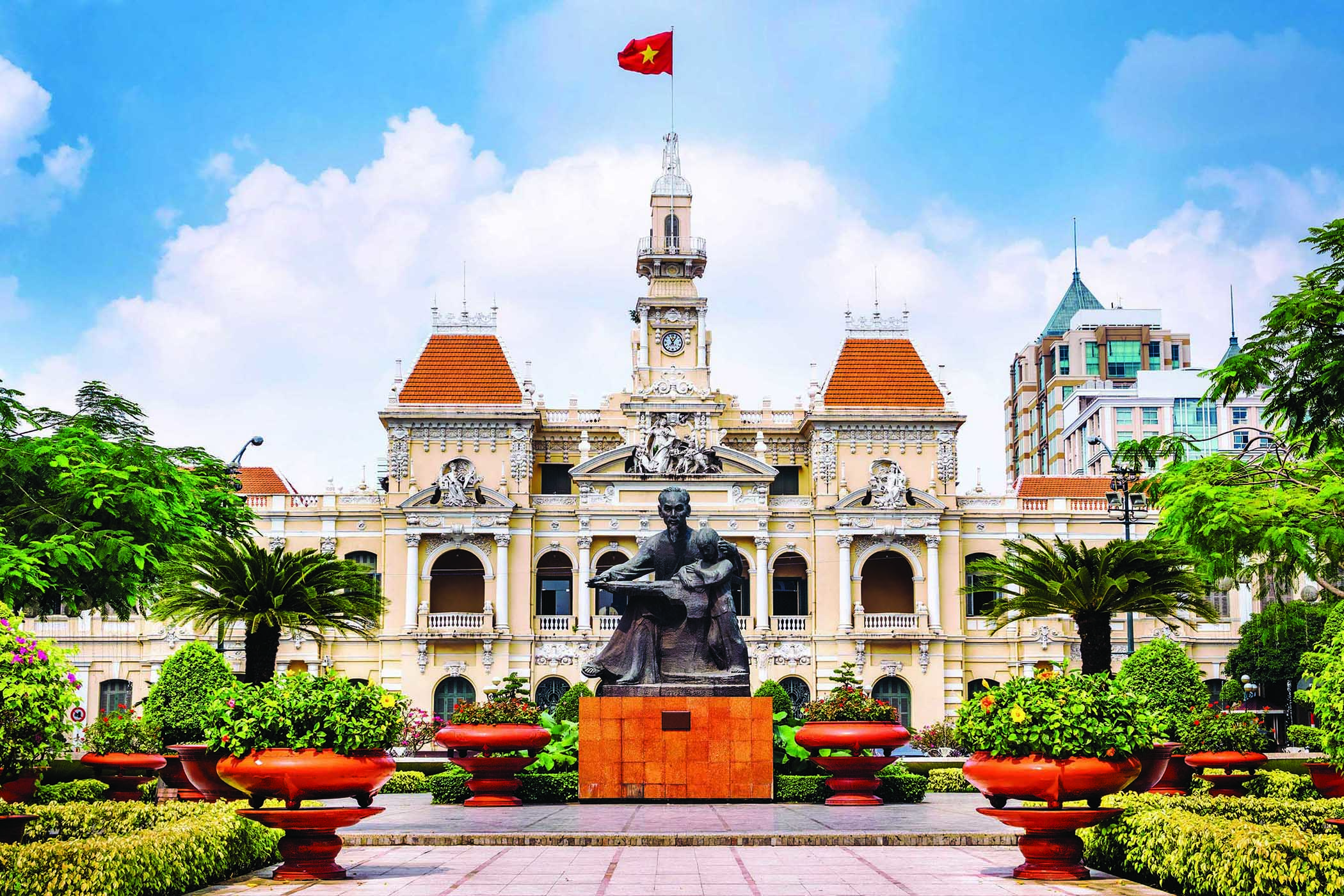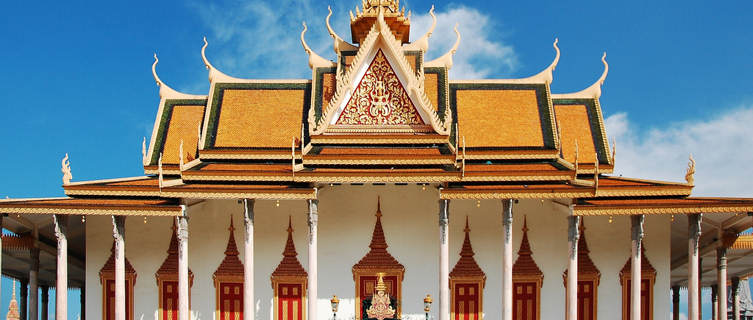- Capital: Economic capital: Colombo Administrative capital: Sri Jayawardenapura
- Currency: Roupie sri-lankaise (LKR)
A teardrop-shaped island on the edge of India. A frail skiff floating on the Indian Ocean. Sri Lanka “the resplendent island” full of life, a paradise abounding birds of a thousand colors, the most succulent fruit, huge trees and flowers unparalleled. A rich and ancient culture to discover in a delicate scent of spices accompanied by the unchanging rhythm of elephants
Cities
Colombo
Colombo, the capital of Sri Lanka. It was for a long time a port located on the old east-west trade routes. It has been occupied successively by the Portuguese, the Dutch and the British who have left a strong legacy reflected in its architecture that combines colonial buildings, towers and shopping centers. Do not miss the National Museum of Colombo, dedicated to the history of Sri Lanka which borders the vast park Viharamahadevi and its gigantic Buddha statue.
Yala Park
Yala National Park or Ruhuna National Park is Sri Lanka’s second largest national park. The park is located in the southeastern region of the country in the southern province and the province of Uva. It covers 979 km2 and is located about 300 km from Colombo. Embark on a Jeep for a safari that will allow you to discover the richness of the wildlife of this park.
Kandy
Kandy was the last royal capital and is today one of Sri Lanka’s most important cities. It is part of the Sri Lanka Cultural Triangle with Anuradhapura and Polonnaruwa. The Cultural Triangle hosts sites of major cultural significance such as the famous Temple of the Buddha Tooth. Thanks to these strong cultural affiliations, the sacred city of Kandy is now a UNESCO World Heritage Site
Galle
Galle is the main city of the south of the island of Sri Lanka. Galle is a superb example of a walled city of European architectural styles and Asian traditions. The old town of Galle has a fort and fortifications protecting the narrow streets where you can see old Dutch houses, which are listed as World Heritage by UNESCO. It is thought to be the largest fortress built in Asia by European settlers. Among other remarkable monuments, you can even see the Cathedral Sainte-Marie built at the end of the nineteenth century by the first bishop of Galle, Joseph Van Reeth and his fellow Jesuits
Language
Sinhalese and Tamil. English is used by the government and spoken by about 10% of the population
Electricity
The electricity is 220-240 volts; therefore, an adapter and/or converter will be required.
Communication
International access code: 00 International dialing code: 94 Concerning national calls made in Sri Lanka, it is not necessary to dial the 94 country code. If you are calling from Canada, please dial 011, then 94 and finally the local phone number in Sri Lanka.



